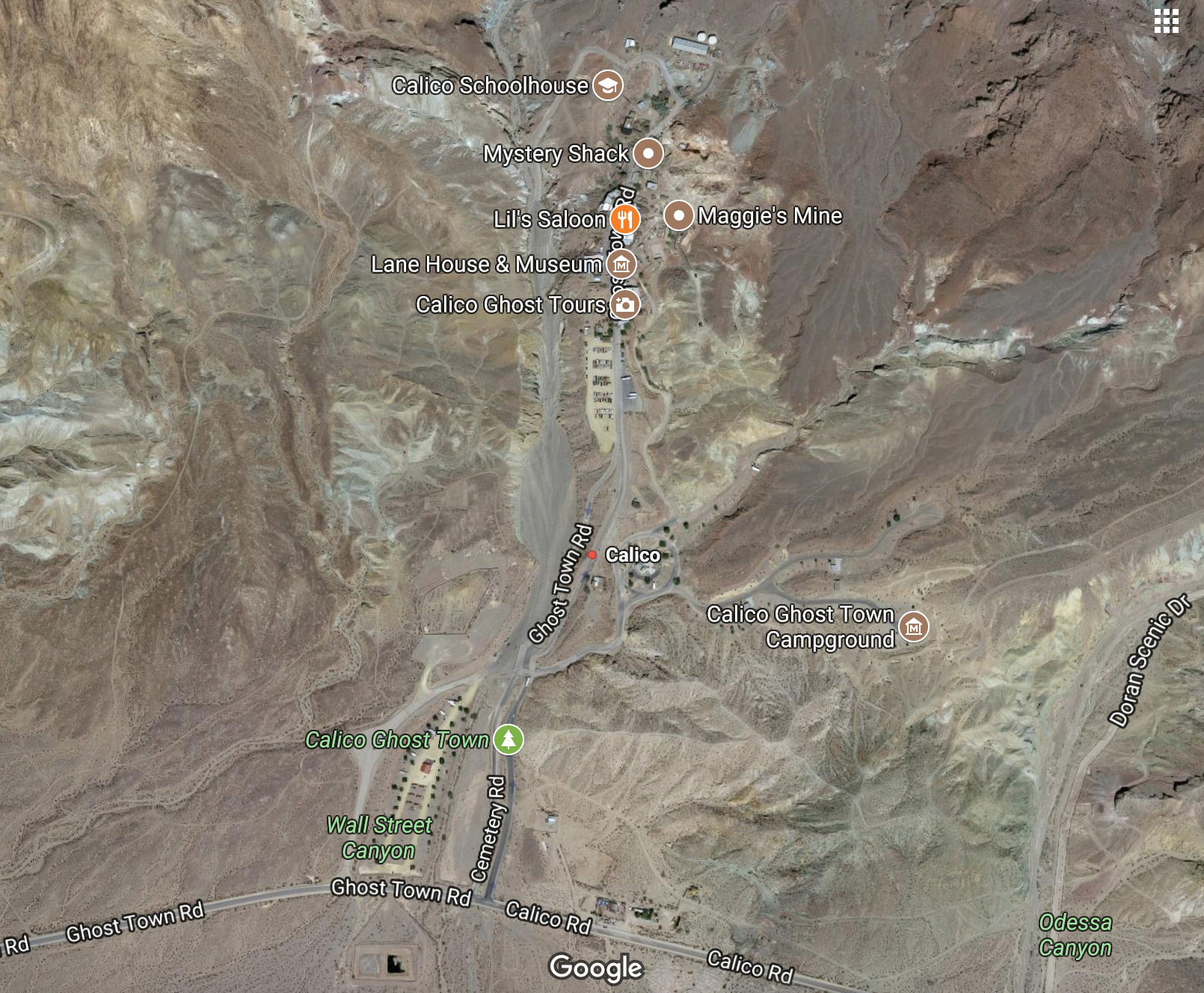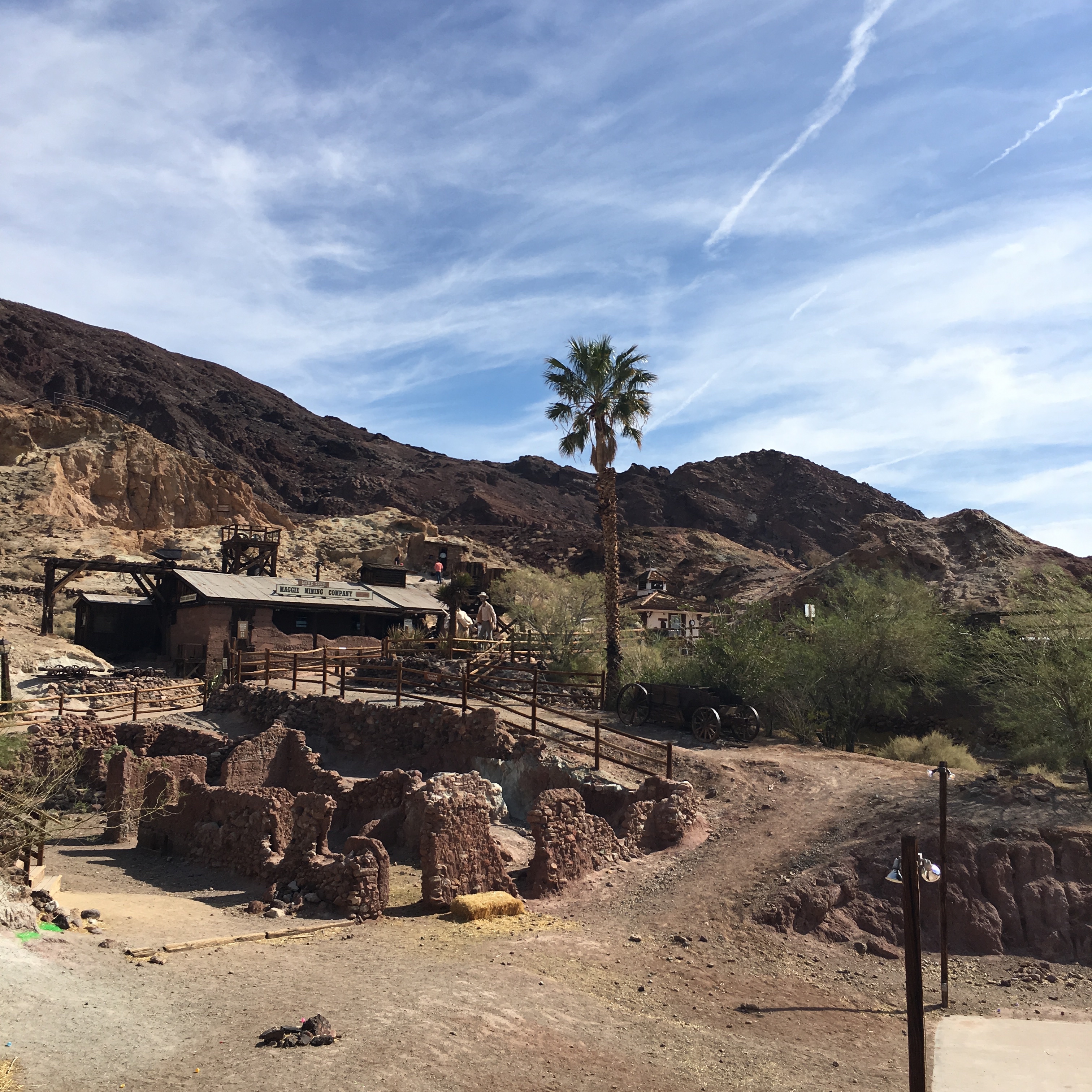 This was a bit of a disappointment, because the beautiful ghost town was turned into the tourist attraction with all the “typical attributes of the wild west 1 century town”.
This was a bit of a disappointment, because the beautiful ghost town was turned into the tourist attraction with all the “typical attributes of the wild west 1 century town”.
When we visited Calico - it was 4th of July weekend and there were a lot of people there. Different attractions, “historic” music and smell of french fries from the tourist cafes.
On the other hand - because of all this the town is still well preserved and protected. Wikipedia says: “Calico has been restored to the look of the silver rush era when it flourished, although many original buildings were removed and replaced instead with gingerbread architecture and false facades that tourists would expect to see in a Western-themed town;”
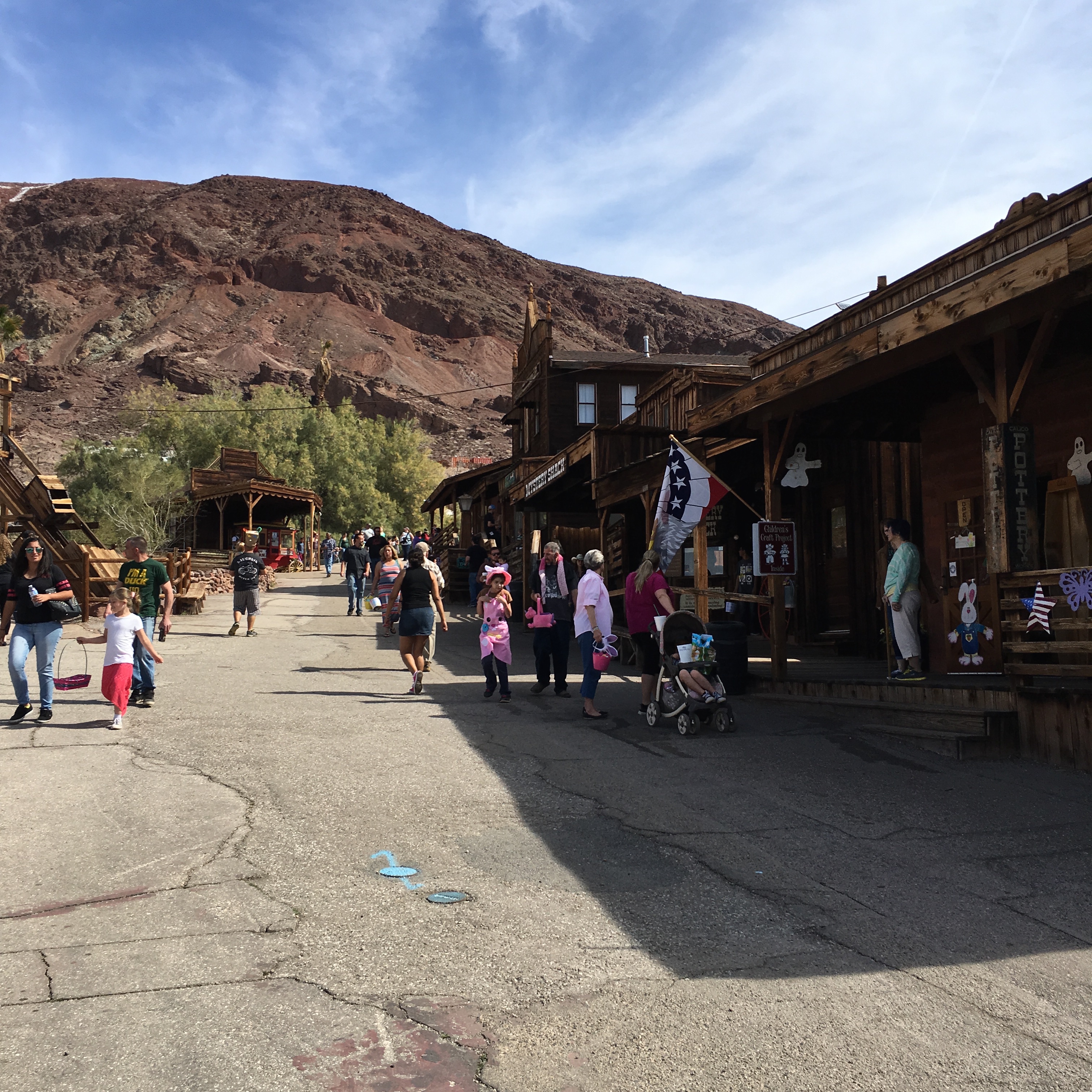
This is how the main street looks - road covered with nise asphalt and houses with false facades
I tried to spot some places without the “additional decoration”:
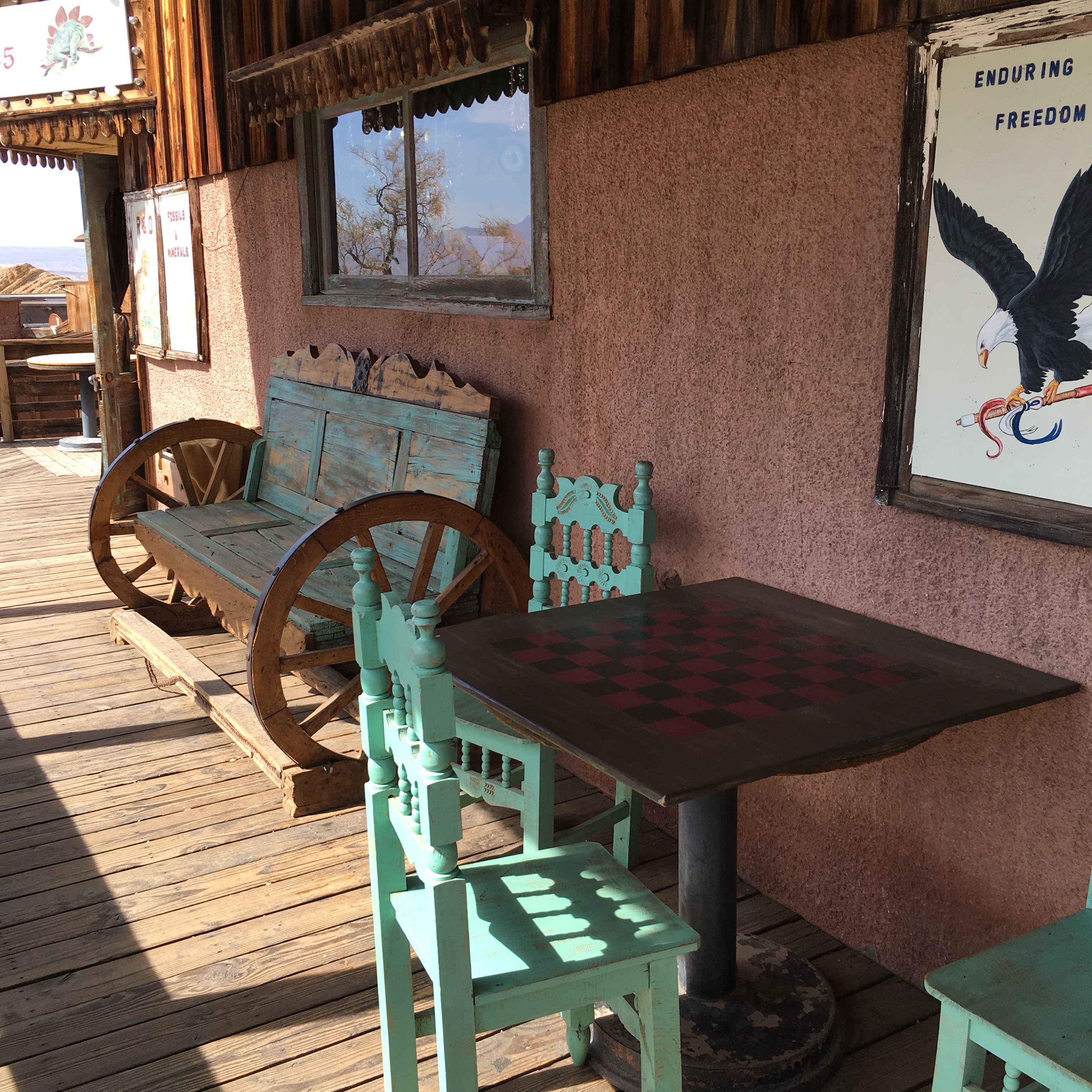
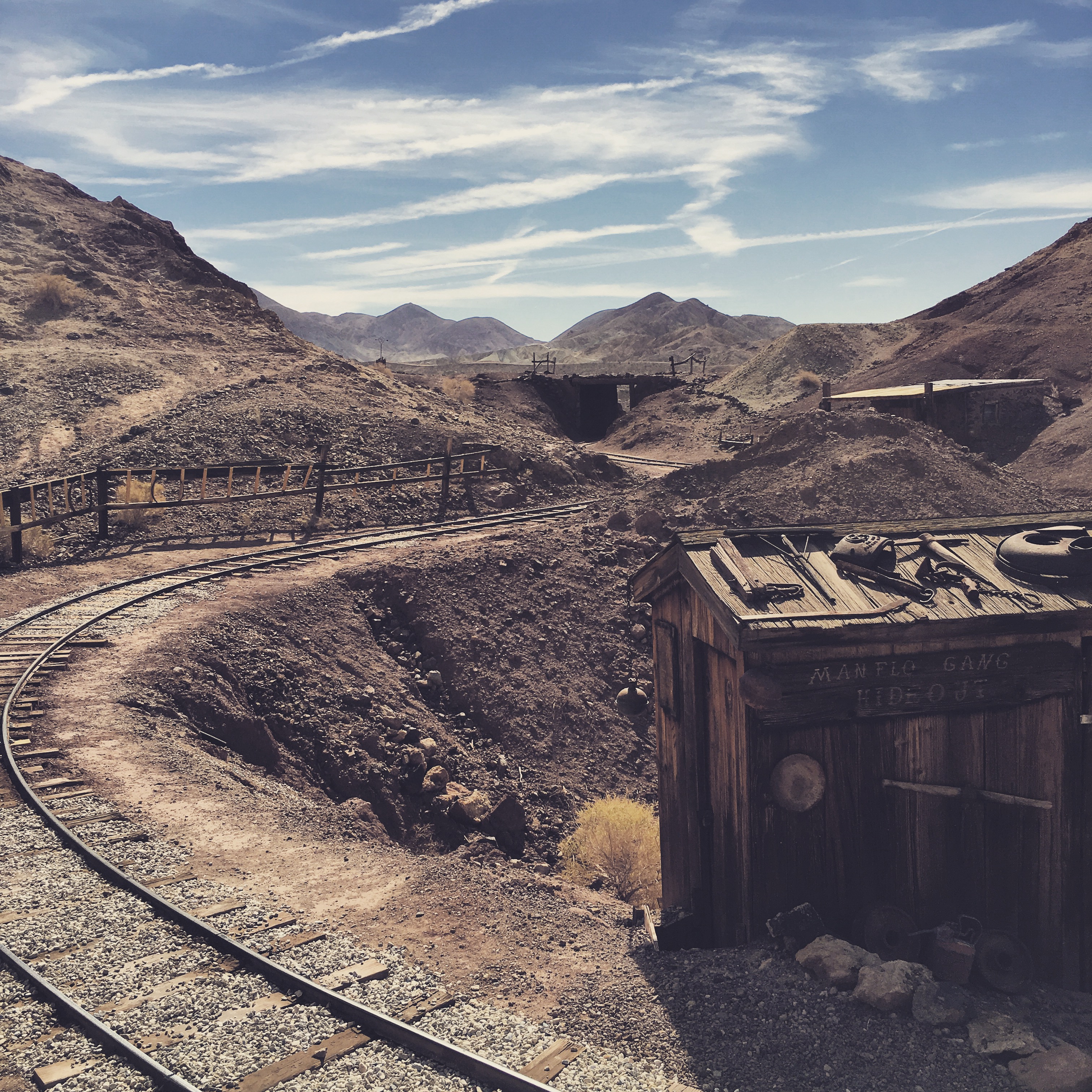
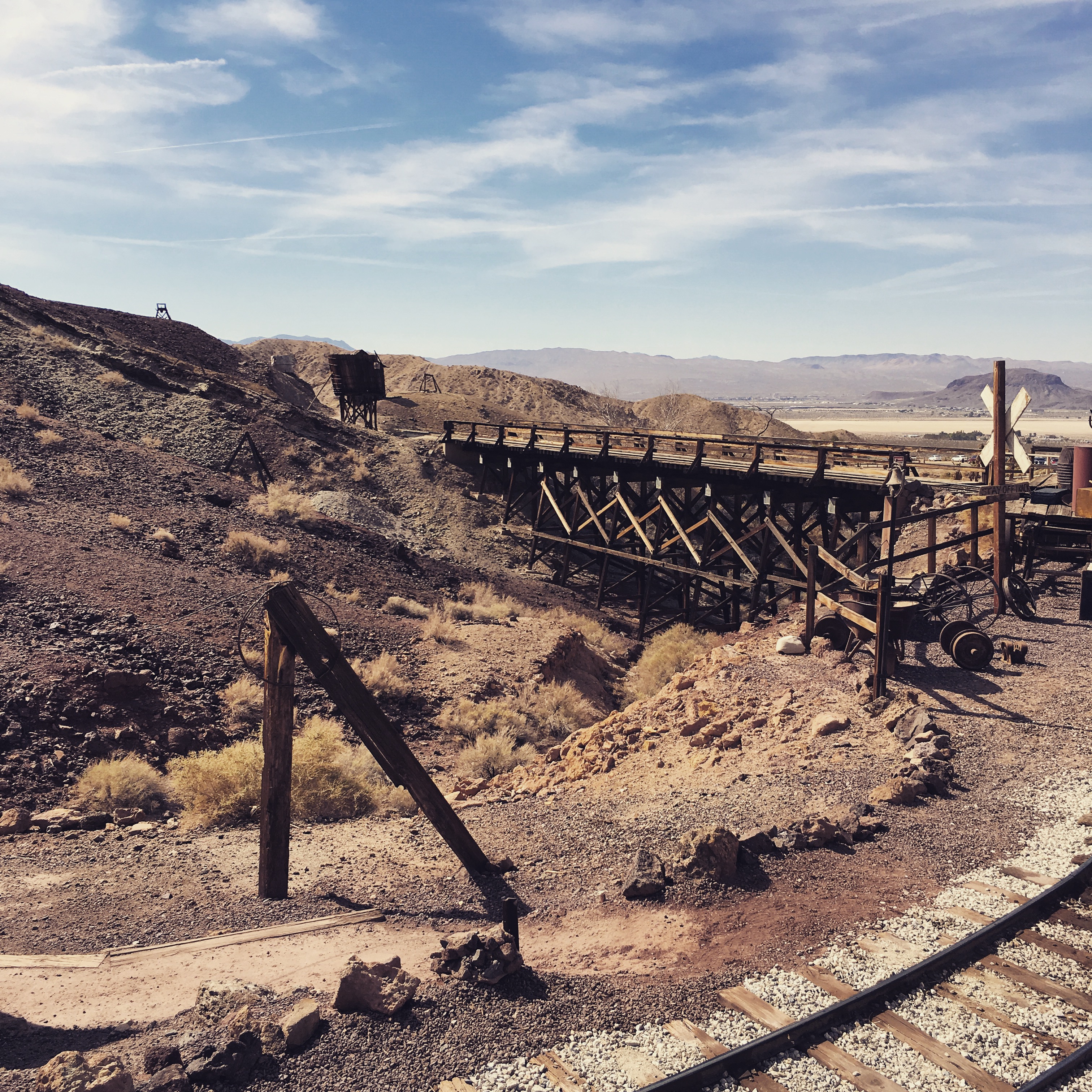
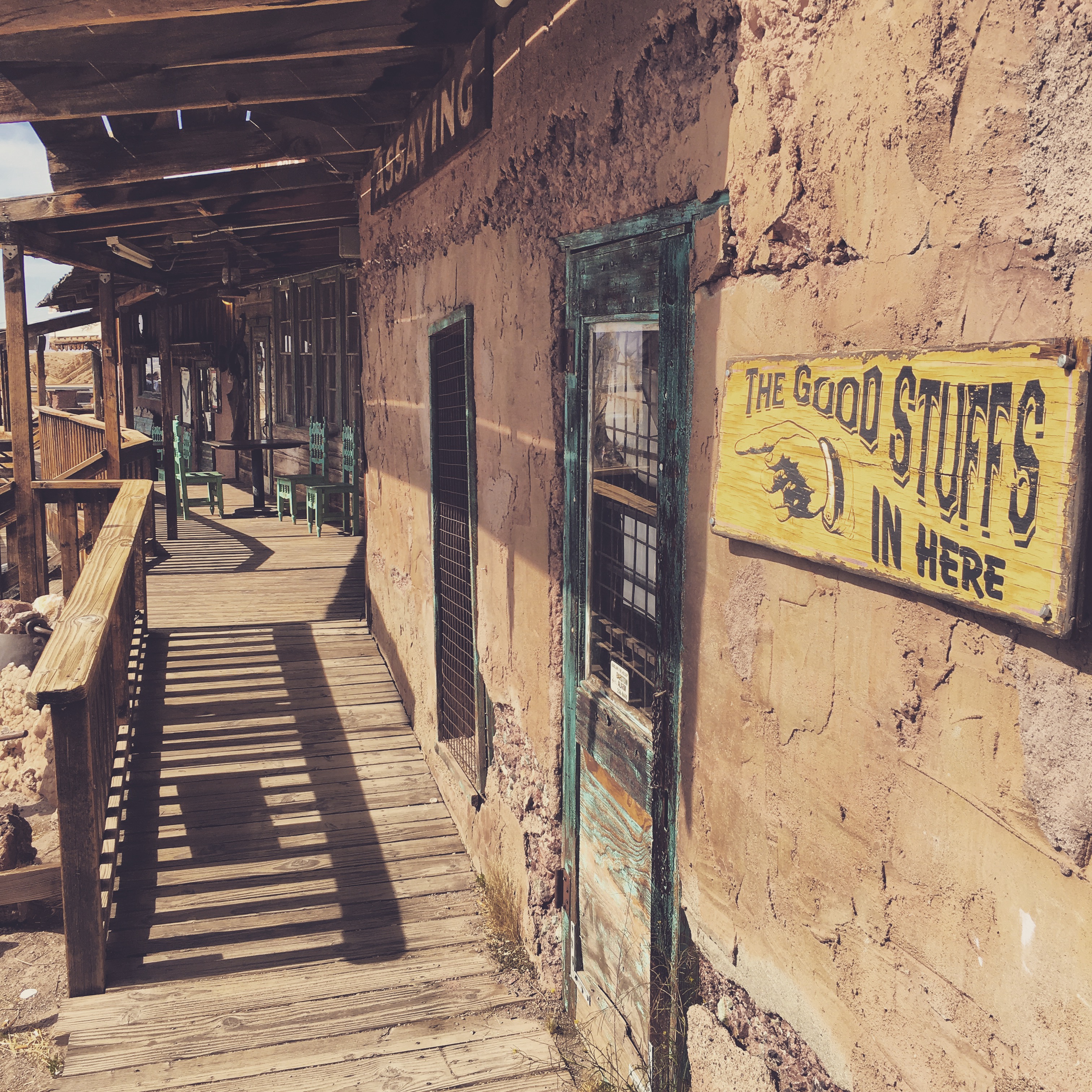
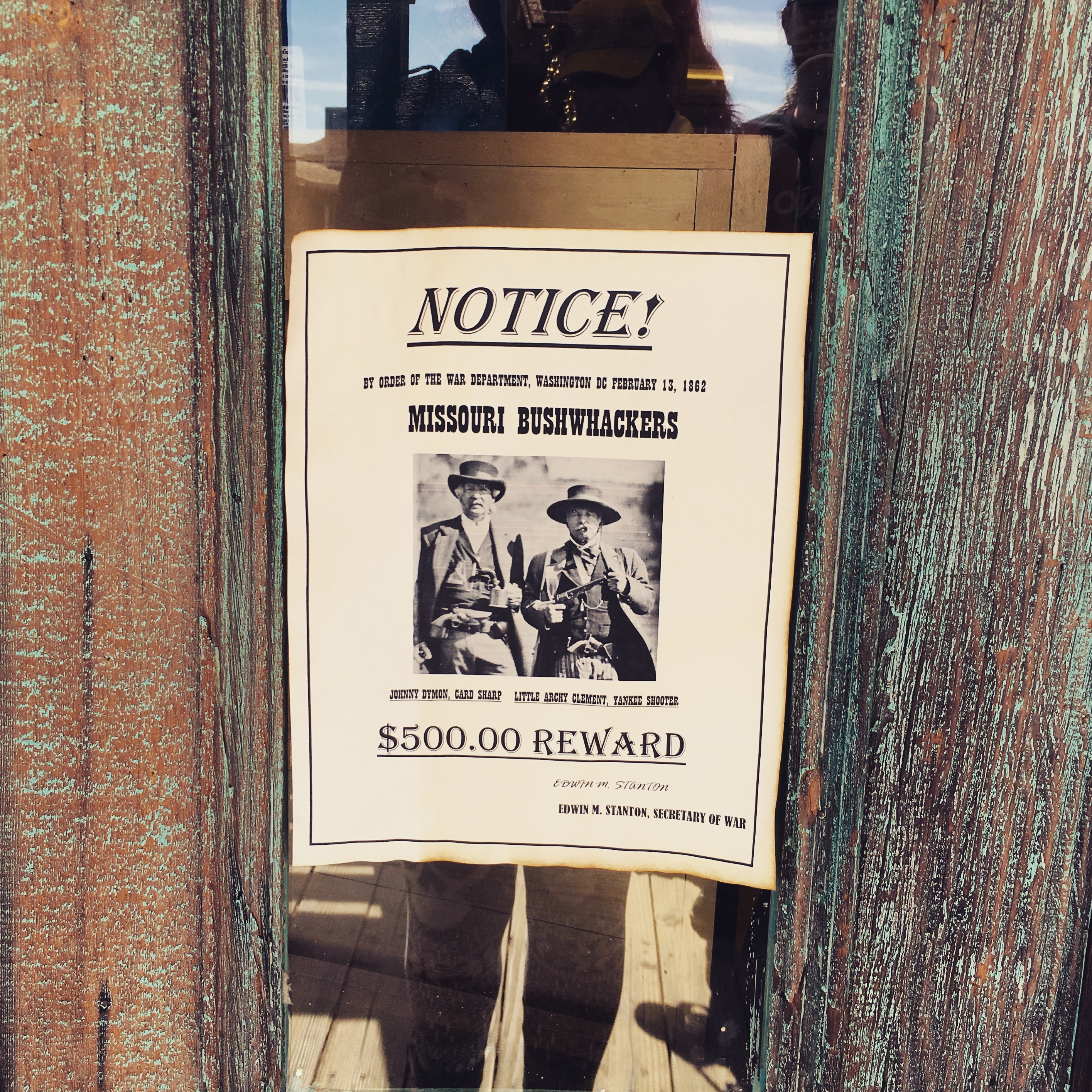
History of the town
Calico was established in 1881during the largest silver strike in California. It had over 500 mines and total production reached $20 million in silver ore over 12 years. Walter Knott purchased Calico in the 1950s, architecturally restoring all but the five remaining original buildings to look as they did in the 1880s. Calico received California Historical Landmark 782.
The landmark plate says: The Calico Mining District, which had a peak population of 3,000, produced between $13 and $20 million in silver and $9 million in borate minerals between 1881 and 1907. On April 6, 1881, several claims were located that formed the Silver King, largest mine in the district. Profitable mining of silver in the area ceased in 1896.he Calico Mining District, which had a peak population of 3,000, produced between $13 and $20 million in silver and $9 million in borate minerals between 1881 and 1907. On April 6, 1881, several claims were located that formed the Silver King, largest mine in the district. Profitable mining of silver in the area ceased in 1896.
